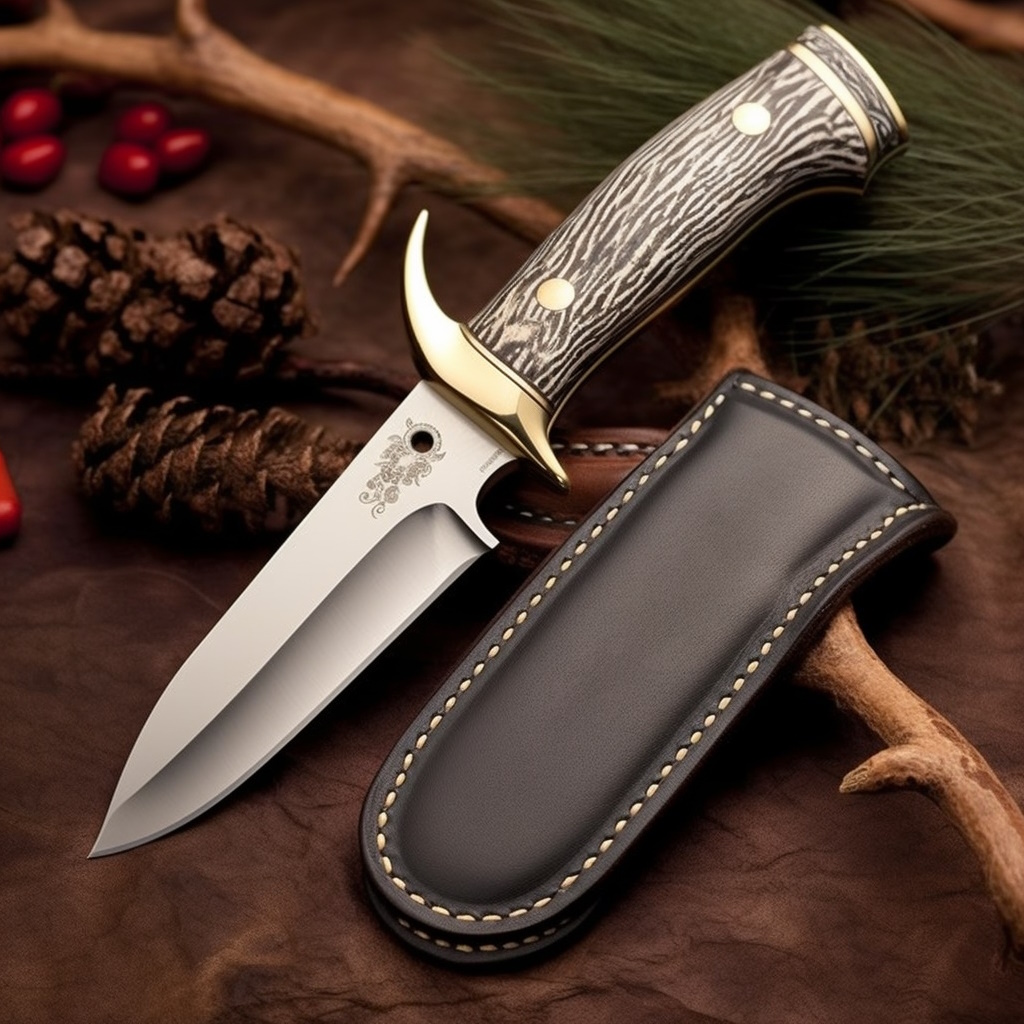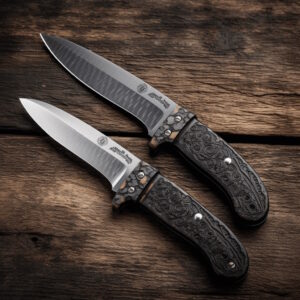Welcome! Go to your Account

Introduction
Knives are a vital tool in our day-to-day lives, from preparing our favorite meals to outdoor survival. However, like any tool, knives require maintenance to stay in top condition and perform at their best. This guide from Knife Enthusiast provides a comprehensive look into the art and science of knife maintenance and sharpening. Whether you’re a seasoned knife enthusiast or a beginner, you’ll find practical, step-by-step instructions, tips, and best practices to keep your knives sharp, safe, and long-lasting.

Understanding Your Knife
Before delving into maintenance and sharpening, it’s crucial to understand the different parts of a knife and the specific needs of different types of knives.
The basic parts of a knife include the blade, the handle, and the edge. The blade is the steel part of the knife, which does the cutting. The handle provides grip, and the edge is the sharp part of the blade, which we’ll focus on in this guide. Knives come in various types, including chef’s knives, pocket knives, hunting knives, and more. Each type has unique maintenance requirements based on their design and usage. For example, a hunting knife may require more frequent sharpening due to its heavy-duty use, while a chef’s knife might need careful cleaning to avoid food contamination.
Essential Tools for Knife Care
Maintaining and sharpening your knives requires some essential tools. These include:
The basics of Knife Maintenance
Proper cleaning and storage of your knife are fundamental to its maintenance. Here’s a step-by-step guide on how to do it:
Maintaining your knife isn’t just about keeping it looking good; it’s also about ensuring it stays functional and safe to use. A well-maintained knife is easier to control, reducing the risk of accidents during use.

How to Sharpen a Knife
A sharp knife is not only safer but also more effective. Here’s a basic guide on how to sharpen your knife using a knife sharpener:
Advanced Knife Care Techniques
Beyond basic maintenance and sharpening, there are a few more techniques you can employ to keep your knife in top-notch condition. These include honing, stropping, and oiling your knife.
Honing is the process of realigning the edge of the knife, which tends to fold over with regular use. It’s not a substitute for sharpening but a supplementary technique to keep your knife’s edge straight between sharpening. To hone your knife:
Stropping, traditionally used by barbers for straight razors, involves running the blade backward on a leather strap or strop. This can help polish the edge and remove any tiny burrs left after sharpening.
Oiling your knife, especially if it’s a carbon steel knife, is crucial in preventing rust. Apply a small amount of knife oil on the blade and rub it in with a soft cloth.
Common Knife Care Mistakes to Avoid
Even with the best intentions, it’s easy to make mistakes when caring for your knives. Here are some common pitfalls to avoid:
By avoiding these mistakes, you can extend the life of your knives and maintain their performance.
Conclusion
Consistent and proper knife care is a worthwhile investment, ensuring your knives stay sharp, safe, and reliable. Whether you’re a kitchen wizard, a camping enthusiast, or a professional chef, maintaining and sharpening your knives is a skill that will serve you well. So, roll up your sleeves and give your knives the care they deserve!